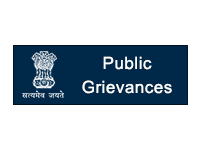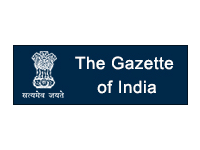The country receives more than 80% of the annual rainfall during a short span of four months (June to September) of southwest monsoon season. Variability in the onset, withdrawal and quantum of rainfall during the monsoon season has profound impacts on water resources, power generation, agriculture, economics and ecosystems in the country. An improved capability to predict Indian monsoon seasonal rainfall variability would be of profound significance to many sectors. The accuracy of the forecasts still remains a challenge in the medium range (upto two week time scale) that entails running of an end to end analysis forecast system. Since this is an initial value problem, it is pertinent that the initial condition is most realistic. This involves a robust global assimilation scheme that utilizes various platform (land ocean and space) based observations in most optimal manner. Continued research and developmental work for mostrealistic representation of physical processes along with their complex non linear interactions need to be included through improved parameterization schemes to achieve skillful prediction. This includes cloud resolving processes, inclusion of dust and aerosols, realistic representation of land surface processes etc. In addition, for the week two forecasts, studies have shown the importance of atmosphere ocean coupling resulting in enhanced skill of predictions. It is also important to quantify the estimation of the uncertainty that is associated with the analyses and the forecasts. This is achievable through utilization of an ensemble prediction system which use perturbed initial conditions or have a stochastic physics in the model for short and medium range weather prediction. Currently, in India ensemble prediction system is not being used operationally. Hence it is essential to start work on implementing ensemble prediction system.
Is Archived ?
Off






















